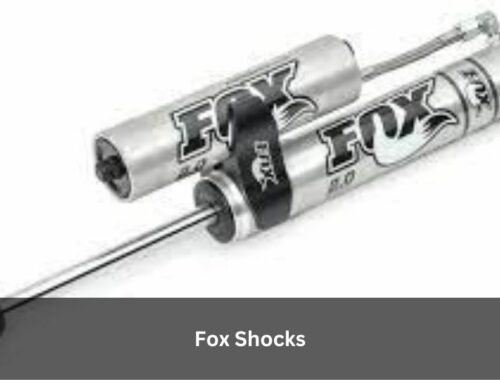
Types of Sound Mats for Underlayment Applications
Whether it’s traffic sounds or loud neighbors, a sound mat will help stop noise from spreading. Experts install these mats under hardwood, laminate, tile, or carpet to block disruptive noises effectively. Choose from various materials to soundproof your home or office. Here are the different types of sound mats commonly used for underlayment:
Rubber
Those seeking green building products may find recycled rubber mats appealing due to the aspect of repurposing materials. Rubber mats are flexible, so professionals are able to install them on different subfloors. They adjust to uneven surfaces and floor issues, including small cracks or slopes, making installation straightforward. This material is strong and handles heavy loads and lots of foot traffic without becoming flat over time.
These mats excel at reducing impact noise, such as footsteps or dropped objects. The dense material absorbs impact energy, preventing it from transmitting through the floor. Rubber mats can reduce vibrations, which is useful in places where machinery or equipment might cause shaking.
Foam
Manufacturers use lightweight materials to make foam sound-dampening mats, making them easy to handle and transport. Because they are so light, this product stresses the underlying floor structure less. This feature is advantageous when installing underlayment over delicate or sensitive flooring materials that could be damaged by heavier objects.
These mats soak up sound waves, which helps reduce echoes and background noise, making them ideal for improving sound quality in home theatres and recording studios. Although foam mats are light, you can choose thicker ones that dampen footsteps, music, and voices more easily. Some of these mats contain moisture barriers to provide a stable surface for wood or concrete. This enhances sound control by enabling the mats to perform effectively without being affected by water damage.
Cork
This type of underlayment is made from natural cork, which is harvested from the bark of cork oak trees. Cork mats have small air pockets that allow them to trap and absorb sound waves, preventing them from bouncing and echoing within a space. This material resists vibrations and is stretchy, which makes it great for reducing noise and improving comfort indoors.
The sound mat is mid-weight, enabling it to absorb sound without adding extra weight to the floors. Cork underlayment maintains a consistent thickness, which helps provide constant noise reduction. To extend its service life, experts refinish or recoat cork sound-deadening mats to function correctly. This material also keeps indoor temperatures steady by reducing heat loss through floors during the chilly seasons.
Mass-loaded Vinyl
Mass-loaded vinyl sheets are heavy which helps reduce noise from traveling through walls and floors in shared buildings. They are flexible and bend easily to fit uneven surfaces, sealing gaps around corners and edges. Installers use quality glue to close spaces, preventing sounds from leaking into other rooms.
Thinner sheets can be sufficient for controlling noise levels in smaller spaces without adding unnecessary bulk to floors. An installation crew cuts and trims the material to reduce waste and cover all areas properly, minimizing openings where noise could penetrate. This product is made using vinyl which lasts for a long period of time and withstands chemicals and moisture, allowing it to manage noises in houses and properties effectively. It doesn’t contract or expand when the temperature changes, which makes it an ideal choice for residential or commercial use.
Buy a Quality Sound Mat
When choosing a sound-blocking mat, the materials matter since they have different properties to absorb loud noises. If you’re having trouble finding the right mat, professionals can help you choose one that is compatible with your floors. Buy a quality sound mat that enhances noise privacy and protects floors from damage today.
You May Also Like

Olivia Garvey Leaving WJLA – Your Go To Go Guide
April 5, 2024
Unveiling the Legend: A Brief History of Fox Shocks:
February 28, 2024


Average Rating